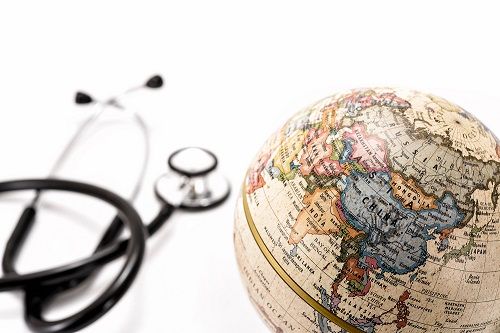Urine HIV Self-Testing in China Shows Effectiveness
With insufficient HIV diagnosis testing in that country, this novel testing could help it reach part of its UNAIDS 90-90-90 targets.

An HIV self-testing urine kit has shown to be highly effective in diagnosing HIV positive individuals. Specifically, the HIV antibody detection concordance of colloidal gold kit with urine and blood was 98.07% (811/827) in HIV positive individuals and 100% (214/214) in healthy people.
The most populous country in the world has been challenged with insufficient HIV diagnosis. As such, the first HIV self-testing kit using urine specimen was approved by CFDA, which largely promoted the progress of HIV self-testing in China.
According to AVERT, China accounts for 3% of new HIV infections globally each year. In 2018, a 14% rise in new infections was reported.
The findings, presented during the International AIDS Society (IAS) AIDS 2020 Virtual Sessions this week, offered a potential strategy to help get more people diagnosed.
In a survey with the participants, 98.2% of those people who were untrained believed they could do the HIV self-testing with urine themselves, and 97.8% thought that the overall experience of self-testing was good.
The HIV antibody detection concordance between self-testing by untrained individuals and professional testing was 99%. The detection error rate was 0.66% in strong positive samples, 6.86% in weakly positive samples, and 2.16% in negative samples.
The main testing error challenges included insufficient sample volume and the main causes of testing error included inaccurate volume of sample and inaccurate reacting time. The erroneous result was related with education level while it was unrelated to age, gender and location.
As part of a larger, more important piece, this testing can help the Chinese met a bigger goal.
“As a new testing strategy in China, HIV self-testing with urine provides an acceptable, convenient, and safe tool for people pursuing personal testing with better privacy, which will make important contribution to achieve the first goal of the UNAIDS 90-90-90 targets,” the investigators concluded.
The UNAIDS targets were developed by the UNAIDS Programm Coordinating Board back in December of 2013 with the following goals:
By 2020, there would be three 90-90-90 goals met. They include: 90% of all people living with HIV will know their HIV status; 90% of all people with diagnosed HIV will receive sustained antiretroviral therapy (ART); and 90% of all people receiving ART will have viral suppression.
